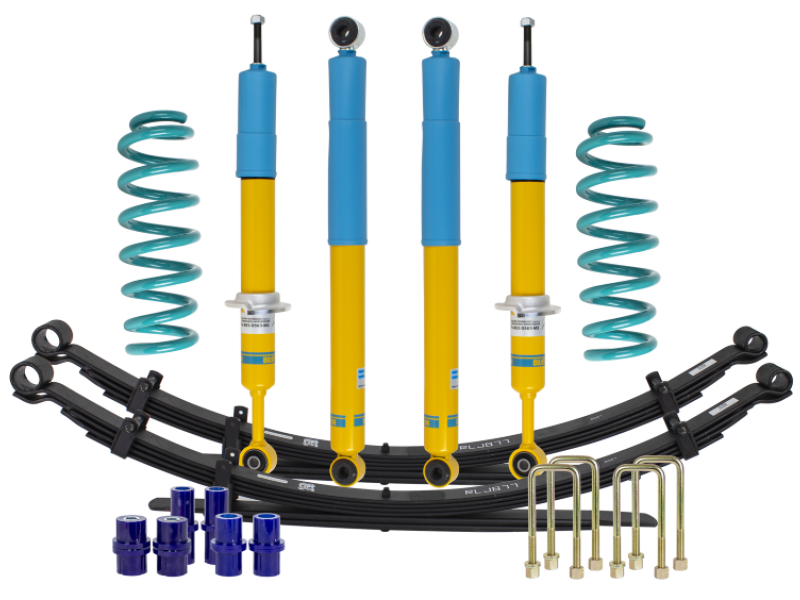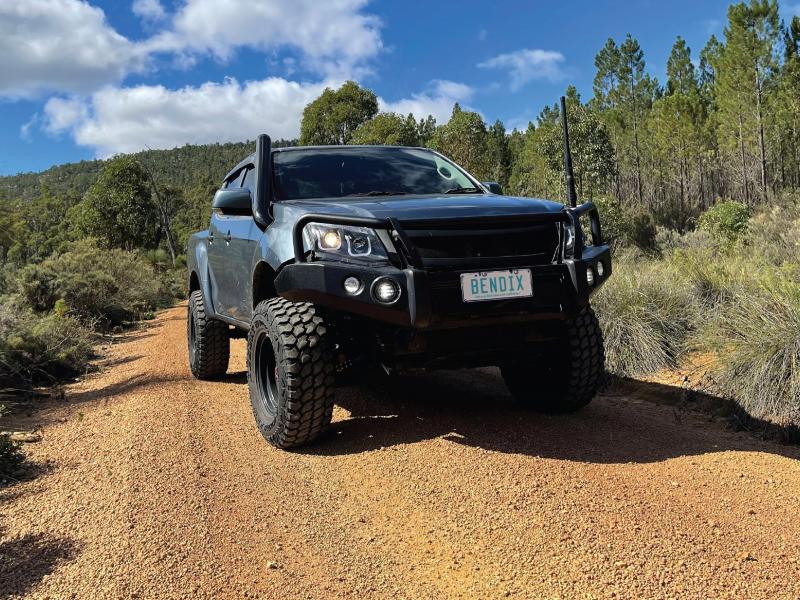Before heading out on your next off-road adventure, take the time to check your battery and avoid becoming one of New Zealand’s breakdown statistics this winter.
According to the New Zealand Automobile Association, 40 percent of all roadside service callouts are battery related, and approximately 45,000 New Zealand motorists wait until their battery fails before replacing it.
Battery failure can be attributed to various factors, as batteries operate and age, they gradually lose their capacity. A battery’s internal components will corrode over time and electrical shorts occur, along with the constant charge and discharge process all eventually leading to battery failure. Other less noticeable factors, such as changed driving patterns and colder or hotter weather will all have an effect on the life of a battery.
Pro-active battery testing will help identify suspect batteries before they fail and highlight problems with the vehicle’s starting and charging system.
Batteries often fail when least expected and can be avoided with regular battery testing. Time plays a key indicator and too often motorists hold off replacing the battery and end up inconvenienced by a roadside breakdown.
The average life span of an automotive battery is 42 months, after this period the battery is on borrowed time and should be replaced.
Due to the increased electrical demands placed on batteries by today’s modern vehicles, little to no warning is given before failure. Here are some signs that could mean you need a new battery:
- The warning light on your dash stays lit for a long time after the engine has started.
- Your engine turns over slowly or irregularly while starting.
- Your headlights dim while you are idling.
- Your battery loses power quickly in cold weather.
- Shutting down of non-critical electrical systems e.g., radio.
Battery testing should be considered an integral part of any periodic vehicle maintenance routine and should be performed whether or not a starting problem has occurred. Regular battery testing can identify suspect batteries before they fail and can help to eliminate many of the costs and vehicle problems associated with a flat or end of life battery. It is recommended to carry out a basic check of your battery every six weeks. Here is a guide of what to look for when examining your battery:
Be sure to inspect your battery, look out for any leaks, bulging or cracks. A damaged battery won’t last long.
Make sure your battery terminals are clean and remove any build-up outside the box – the cleaner the terminals, the better the battery performance.
Keep your battery charged. it’s recommended to charge your battery once a month, especially if you don’t drive your car much.
Don’t wait until it’s too late and you’re stuck on the side of the road or off the beaten track to start thinking about your battery, speak to your local Century Yuasa retailer for more information on a free battery test and avoid becoming the next roadside statistic.






